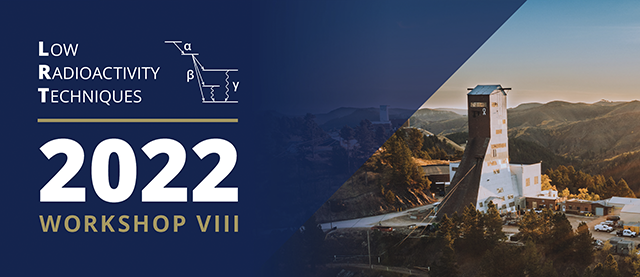Speaker
Description
The relatively long-lived Pb-210 (half-life of 22 years) and its progeny can be problematic sources of background for rare-event physics experiments. Pb-210 can be present in the bulk of materials at detrimental levels and concentrated at the surfaces of detector components as a result of exposure to environmental radon, where its decay products (and those of its progeny such as Po-210) can cause background issues on or near active detector targets. This talk will present on a variety of mitigation techniques to remove implanted 210Pb and 210Po from silicon surfaces. Both chemical and physical methods were explored which ranged in efficacy, with some of the most promising approaches allowing for the near complete removal of Pb-210 and Po-210. Approaches may be implementable during different phases of detector construction of silicon devices in order to remove Pb-210 and Po-210, and/or provide avenues for mitigation techniques for removal of Pb-210 and Po-210 from other detector materials.


